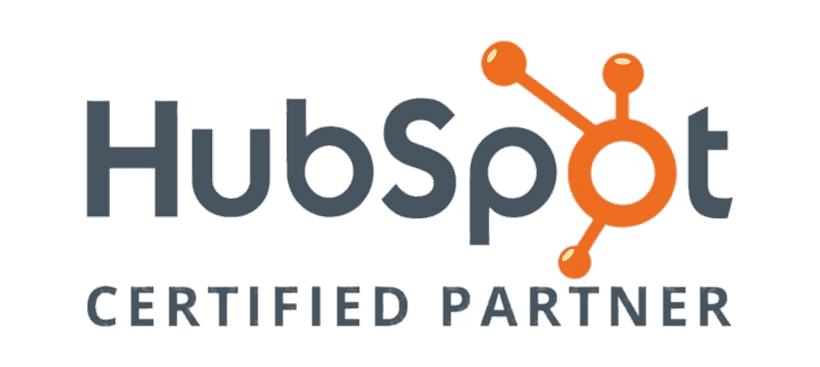Understanding User Behavior Analytics for Search Engine Optimization
User behavior analytics is the process of analyzing the collected user data from various activities. While you can review user behavior in various monitoring systems, I’ll be looking at this from a search engine optimization (SEO) standpoint, thus using Google Analytics.
SOCIAL MEDIA TRAFFIC AND TRUST
Google doesn’t use social signals in their algorithm. Nevertheless, I still believe there is a correlation with search since there is an algorithm dedicated to looking at trust. Engaging social media sites help your company to establish that trust.
Bing, on the other hand, directly reviews engagement metrics from social media, thereby helping you to increase rankings. Search engines do not view every social account the same, which is why you need to establish a good reputation with your followers by providing shareable information.
When followers like and link to your content, it can help rankings. However, I would not look at social media as a method of link-building. Social engagement is what impacts other ranking metrics. If your web pages are keeping users on them for longer than average times, the search engines will adjust the results in your favor. While this is determined on a page-by-page basis, the performance of individual pages contributes to how Google ranks your website as a whole.
PERCENTAGE OF RETURNING VISITORS
Google does consider returning visitors, which you can find in Google Analytics. According to HubSpot, a good rate of returning visitors is about 15 percent. It's rare for a first-time visitor to come to your website and convert, which is why returning visitors play a big role in behavior analytics.
The types of search queries that present the highest probability for return include navigational, transactional and informational. Navigational is when a user wants to reach a particular site. Informational is when a user wants to acquire information about a topic. Transactional is when a user is looking to make a purchase.
Research shows that news-related web pages are the most favored with users. Therefore, by providing reference-based, educational content on your website, you are more likely to get returning visitors who see your website as a valuable information hub.
INCREASING YOUR CONVERSION RATE
It's important to find a balance between content length and conversions, as both will factor into rankings. With Google incorporating machine learning into its algorithm, using long-tail keywords into your content will help increase your conversion rate.
A good conversion rate for all industries typically is two percent, but it can vary depending on your market. Not only is the conversion rate an important metric for success, but it's also a metric that Google is evaluating for rankings. This metric tells Google that users found what they were looking for when landing on your website. This is why it's so important to make sure you have nicely designed landing pages for ad campaigns and a website designed by the conversion funnel.
DECREASING YOUR BOUNCE RATE
The bounce rate is determined by evaluating if the user is landing on a web page and clicking through to other pages on your site. If a bounce rate is high, that is telling the search engines that your website is not valuable.
When a website utilizes the different stages within the buyer's journey, you are more likely to reach the user in an authentic way, thus decreasing your bounce rate. Aligning your content with specific stages along the buyer's journey is a fundamental aspect of a modern content marketing strategy.
Today, companies need to implement content marketing in order to be competitive. It's still astounding to me when I see companies not using this approach when the buyer's journey has been a discussion for years. If SEO isn't a major part of a content marketing strategy, you will not get the level of performance you desire on your website, such as a high bounce rate.



